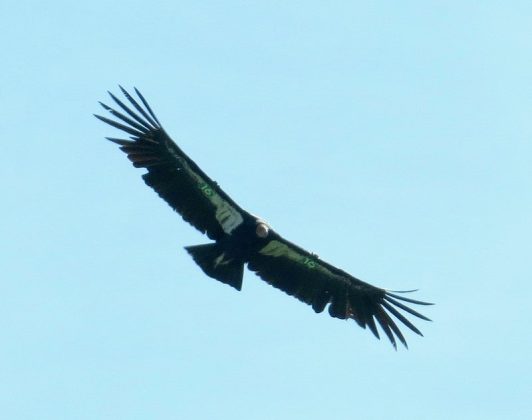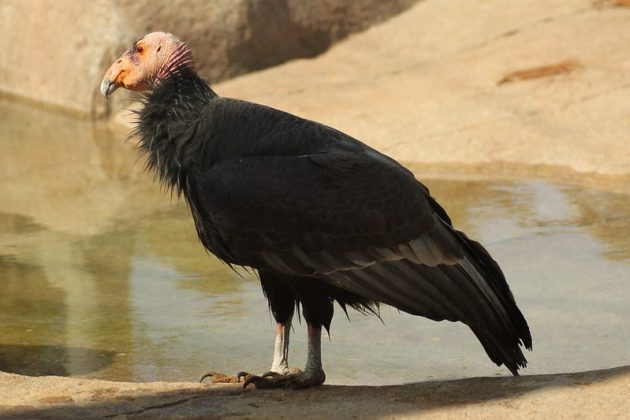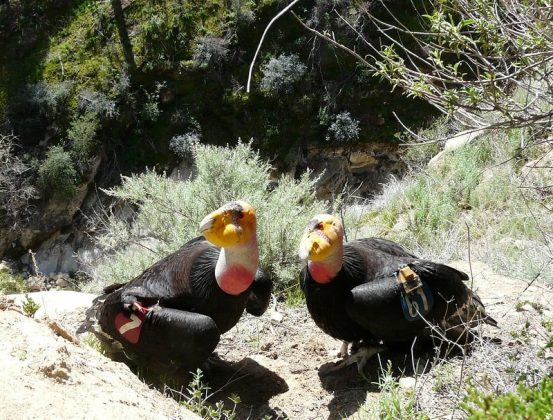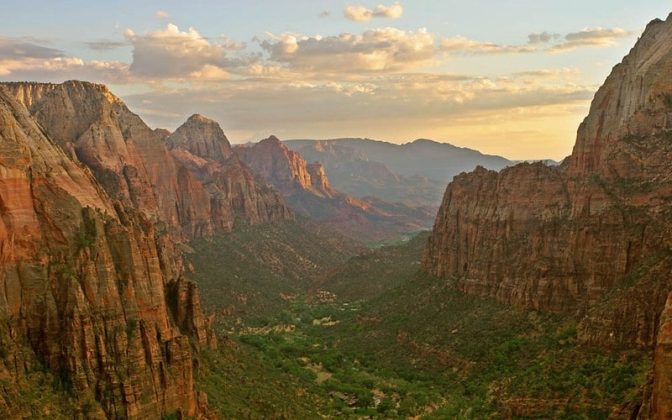Last updated on July 7th, 2021
Zion National Park is an American National Park located in southwestern Utah. The park is full of history, rich of geography. Here are 50 facts about Zion national park that will help you have a better understanding of its landscape and features.
1. The stunning features of Zion were formed more than 250 million years ago. A low water body initially covered the area. Ultimately massive rivers carved their way through the scenery. Afterward, it was left one of the earth’s largest desert.
2. The word Zion is derived from ancient Hebrew. Mormon pioneers, the initial Anglo-European settlers, arrived over here in the late 1800s. The credit of naming the area Zion goes to them. In ancient Hebrew, Zion means refuge or sanctuary.
3. Zion was home to an olden civilization: The Anasazi, a civilization, which thrived around 1,500 B.C. were the original occupants of Zion Canyon. Visitors to this park can find traces of their network of roads, their magnificent sandstone villages, and rock garden throughout the park.
4. Carved over millions of years: The Zion canyon is approximately 2,000 feet deep and it took millions of years for it to get carved by the Virgin River. One can find numerous hiking opportunities along its floor in the area known as Narrows, which is 20′ to 30′ wide.
5. Endangered species: You can view the California Condor, which is North America’s largest flying bird in the park. These birds that can reach the dizzying heights of 15,000′ can fly as fast as 55 miles per hour and have a wingspan of 10 feet.
6. Fluctuating temperatures: The temperature of the canyon floor can reach 100ºF in the summer. However, during the winter, temperatures fall below freezing at night and 50ºF during the day. The lowest recorded temperature was -20ºF.
7. Rainstorms: It is common to find rainstorms in the park, especially during July and September. However, the park experiences the maximum rainfall during the month of March. Spring and fall are the best time to visit the park.
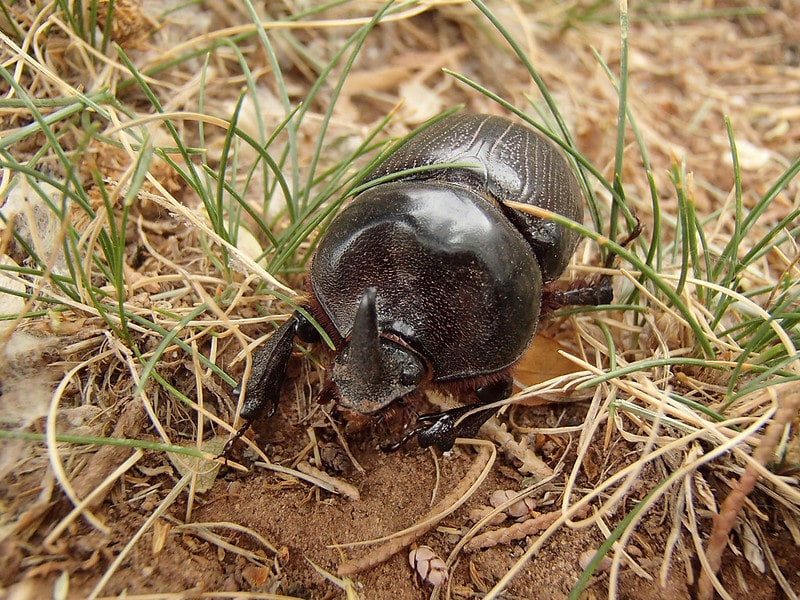
8. Home to 68 different mammals: Animal life is varied and vast in the park, thanks to its different elevations and terrains. The park is home to 289 species of birds, 8 species of fish, 68 mammals, and 32 species of amphibians as well as reptiles.
9. One of the world’s largest natural freestanding arches: Although the park is not famous for its natural stone arches, visitors can find a few impressive ones such as the Kolob Arch. At 287 feet long, it is one of the largest arches in the world.
10. One of the most dangerous views of the world: The Angels Landing in the park is considered to be one of America’s scariest hikes. Only a 2.2 mile hike and standing 1,488 feet above the Virgin River, it includes exposed edges, sheer drops, and numerous zigzag trails up steep hills.

11. Has a subway: Not like the typical city subway, it consists of a strenuous hike of nine miles through North Creek’s left fork. One needs to scramble over boulders, creek crossing, and orientation skills to complete this challenging route.
12. Visited by 4.3 million people annually: Over 4.3 million people are attracted to this park every year. The number of people has increased by 60 percent in the last ten years. The fact that it is just a three hour drive from Los Angeles and its stunning landscape are responsible for its popularity.
13. Countless tourist attractions: The Kolob Arch apart, the park contains many attractions. Most tourists prefer to spend their time experiencing attractions such as the Emerald Pool, Observation Point, and Angel’s landing. Get rewarded with incredible sights by spending some time outside the main canyon.
Zion National Park on map
14. Protects many archeological sites: Evidence of indigenous people who occupied the area for more than 10,000 years is scattered all over the park such as very old granaries, ancient drawings and markings on the rock, and carved pathways.
15. The original name of the park: The original name of the park is Mukuntuweap National Monument. President Taft named the area as Mukuntuweap National Monument way back in 1909. The National Park Service renamed it, Zion, in 1919.
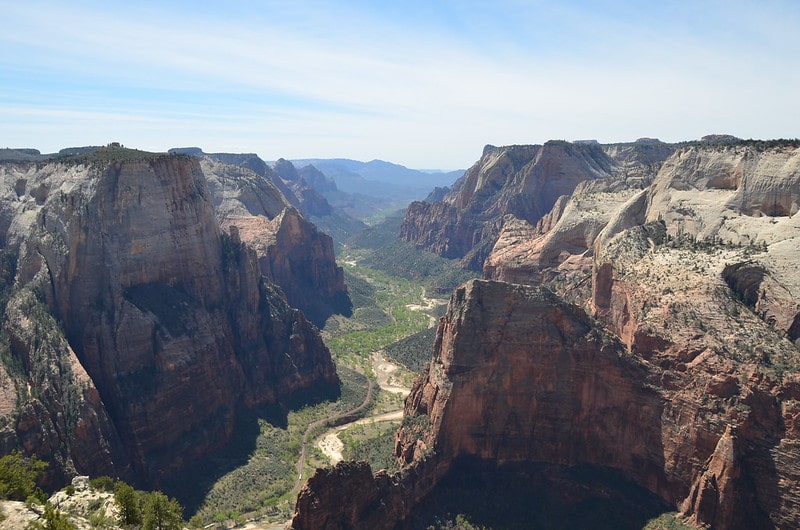
16. The Virgin River is reforming Zion continuously: During primary and flash floods, the Virgin River moves and redeposit more than a million tons of sediment every year. The procedure significantly and noticeably alters the landscape.
17. Greatest engineering feats of modern times: Visitors could hardly access the park because of the limited railway and poor road conditions. To make the park accessible construction started on a 25 mile stretch of road to connect Zion to the Bryce Canyon and the Grand Canyon.
18. More than amazing hikes and slot canyons: The canyons and plateaus of the park were home to people for more than 10,000 years. One can view their remnants scattered throughout the park, including improbable highways to humble granaries.
19. A climber’s paradise: The 2,000 foot sandstone cliffs of the park are renowned throughout the world for their big wall climbs. From March to May and the month of September are the best times to visit the park as the conditions are the best.
20. Elevation varies by 5,000 feet: Measured in meters or feet, elevation informs us how high an area is with the Earth’s mean sea level. The elevation of the Zion National park varies by 5,000 feet throughout the park because of its enormous size.
21. Four different life zones: One can observe four different life zones in the Park. These include coniferous forest, woodland, riparian, and desert, with each area housing different animals and plants and having diverse conditions.
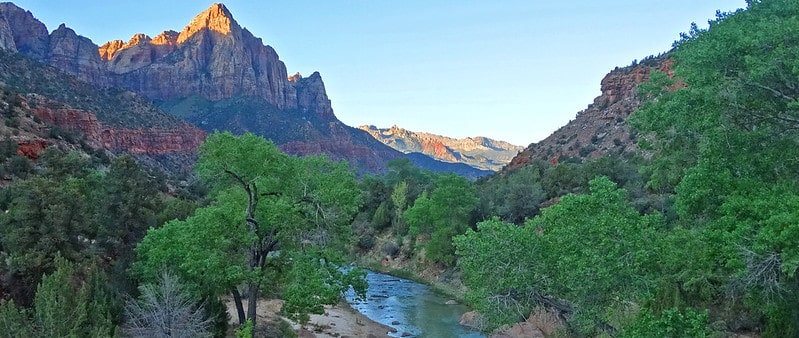
22. Crosshatch pattern due to weathering and wind: Checkerboard Mesa consists of an iconic sandstone summit. Its height is more than 6,520 feet. The vertical cracks of this white sandstone formation are due to the heat thaw cycle, while the north-south cracks are due to wind.
23. Watchman — climber’s paradise: Standing guard at the south entrance of the park, this spectacular ½ mile wide formation is a climber’s dream. It contains a minimum of 15 established routes. The height of this formation varies from 1,000 to 1,500 feet.
24. Rock formations: Court of the patriarchs: It is the fourth stop for the Zion Canyon Shuttle. Those visiting Zion for the first time should get off at this stop for a short diversion. An easy and quick 2-minute trail takes one to a small viewpoint above the trees.
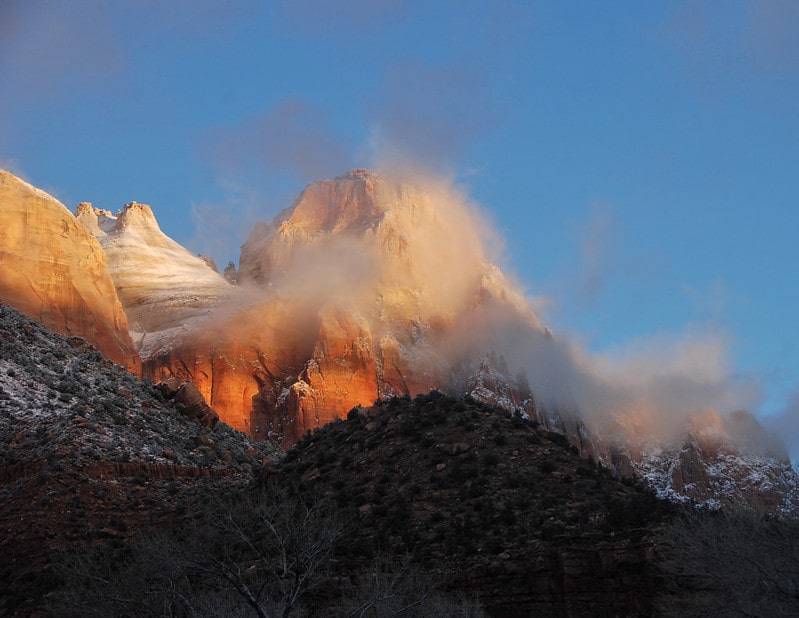
25. Towers of the virgin: Set on the wet side of the administrative building on West Temple lies another set of prominent peaks, with the Sentinel being the northernmost peak. The one with iron oxide (red blood) streaking down its face is known as the Altar of Sacrifice.
26. The Pulpit: The Temple of Sinawava is where the riverside of the park begins. This open area was named after the Paiute wolf god. Check for a rock resembling the pulpit of a minister. No doubt wondering why it is known as the “The Pulpit”.
27. The Spearhead: Look for a massive sandstone cliff that resembles a spearhead, just north of Zion Lodge, and west of the river. Located just north of the Emerald Pools, this stone headland is a part of the lower part of Mount Majestic.

28. Beehive: The Beehive is located north of the park headquarters and at the sound entrance to Zion Canyon. This set of mound-like mountain peaks can also be seen from the administration area. It has an elevation of 6,904 feet and a summit composed of Navajo Sandstone.
29. Lady Mountain: Looming over the Emerald Pools lies Lady Mountain, whose figure looks like a lady. The trail to the summit was once maintained by the National Park Service and successful climbers were eligible to become members of the “Mt. Zion Mountaineers.”
30. Mountain of the Sun: It is famous for capturing the sun the first thing in the morning and holding on to the sunlight the longest at night. It is a relatively remote peak on the East side of Zion canyon across from the court of the Patriarchs.
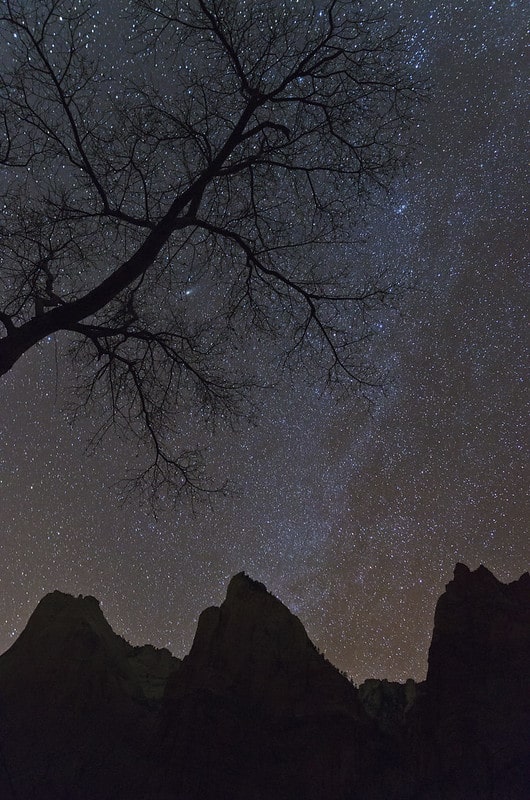
31. Angel’s Landing: The peak is shaped in such a manner that Ethelbert Bingham proclaimed in 1916 that only an angel could land on it. In close proximity is The Organ that juts out towards this peak.
32. Bridge Mountain: Formerly named Crawford Mountain after a local pioneer family, its name was altered to Bridge Mountain when a natural bridge was discovered over there. It was later found that the bridge was actually an arch, but the mountain’s name remains Bridge Mountain.
33. The Great White Throne: It is a plateau, mainly made out of Navajo Sandstone. The north face of this peak, which is often used as a symbol of the park, rises 2,350 feet in 1,500 feet from the floor.
34. The Grand Staircase: It consists of a huge sequence of sedimentary layers of rock, which stretch south from the Bryce Canyon National Park through Zion National Park and from there into the Grand Canyon.
35. Zion Canyon: The Zion Canyon is epic in the sense that the park is full of hidden gems as well as off the beaten park adventures. If you want to avoid the crowd during the peak high summer season, this is the place to visit.
36. Kolob Canyons: Roughly 40 miles to the south of Zion Canyon, this canyon is smaller than the latter. However, it is the ideal place for those who love adventures, as the wilderness delivers lots of it in the form of 2,000 foot cliff walls and empty hiking trails.

37. Pine Creek Waterfall: Located below the ravine, which runs between the East Temple and Mount Spry, and within the Pine Creek. It also lies beside the switchback, which permits the highway to climb to the Mount Carmel Tunnel’s western end.
38. Cliff Jumping: If you are an ardent fan of cliff jumping then this sport at Sand Hollow is a great detour for thrill seekers. It works particularly well if you are on your way out or in Zion National Park. It is the best place to camp after a day in the water.
39. The Temple of Sinawava: With trails lined with wildflowers during the summer and spring, the Sinawava Temple is a huge amphitheater that unofficially marks the beginning of the canyon. Visit it to find out why it one of the most popular destinations in the park.
40. Emeralds Pool: Suitable for hiking around the year, it is quite easy to reach the lower pools. However, one might find it difficult to get to the middle pool. It is quite strenuous to go to the upper pool. The elevation change is 70′, 150′, and 350′ respectively.
. . . continue reading on the next page

